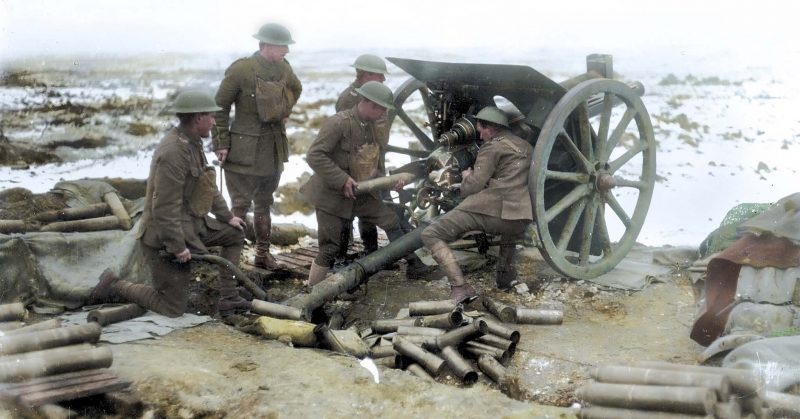By Mark McConville
Striking shots show soldiers sitting in a trench at the Battle of the Somme. They are checking on wounded or possible dead friends among splintered trees and rubble-covered ground. Medics are treating other wounded as a shell-shocked soldier looks on with a terrifying grin on his face.
Other pictures show the hard slog of 60lb guns being hauled to the front at the Somme; the Divisional Cyclist Company loading their bicycles and Canadian machine gun crews taking cover at Vimy Ridge.
Over a period of months, the original black and white photographs were painstakingly colored by electrician Royston Leonard (55) from Cardiff, Wales.
“Some would say that the First World War is when the old world died,” he said. From the hell of the battlefields came new ideas, but it is a pity most were about new ways of killing.”
New machines were invented for the air and ground, but also mixed in were new ideas for peace and the way forward to a better world. It would take another war to learn these lessons and finally bring peace to Europe.
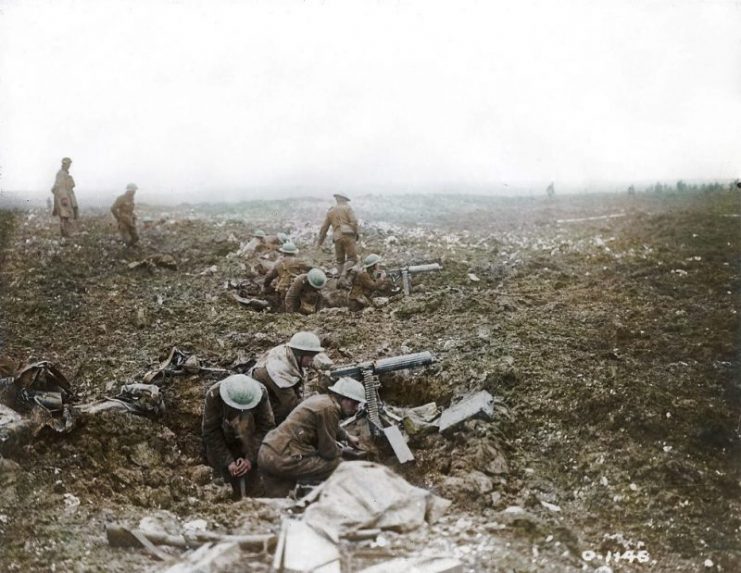
“Even in the middle of hell you can see the hope of better times, but in some images, it is just hell – man’s hell made of blood death and steel.”
“In the middle of no man’s land grows a flower for we made this hell around it. Sad we forgot until it was too late, but it did not and grew to remind us.”
WWI was a global war originating in Europe that lasted from July 28, 1914, to November 11, 1918. More than 70 million military personnel, including 60 million Europeans, were mobilized in one of the most significant wars in history.
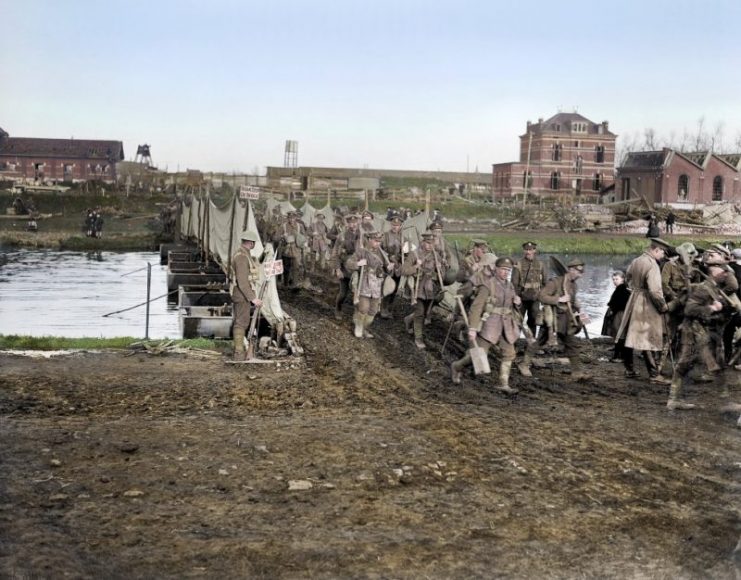
Over nine million combatants and seven million civilians died as a result of the war (including the victims of genocides). The casualty rate was exacerbated by the belligerents’ technological and industrial sophistication, and the tactical stalemate caused by grueling trench warfare.
It was one of the deadliest conflicts in history and paved the way for major political changes, including revolutions in many of the nations involved. Only twenty-one years later, unresolved rivalries still existing at the end of the conflict contributed to WWII.
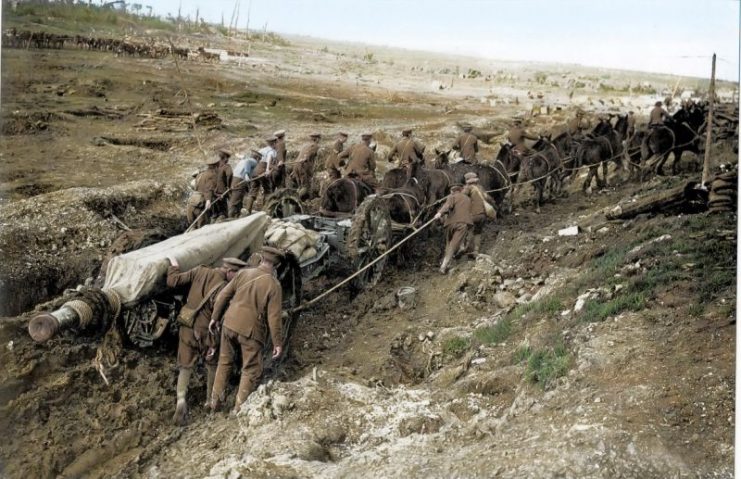
Michael D. Carroll is a journalist and author with a particular interest in historical photography.
From his base in Birmingham, UK he directs bespoke press agency mediadrumworld.com. Through his work at the agency, Michael came into contact with the thriving community of colorists of historical images.
After placing several colorized history features in the national newspapers in the UK, he enlisted the support of the community to publish Retrographic, the first book to present a specially curated selection of iconic historical images in living color.
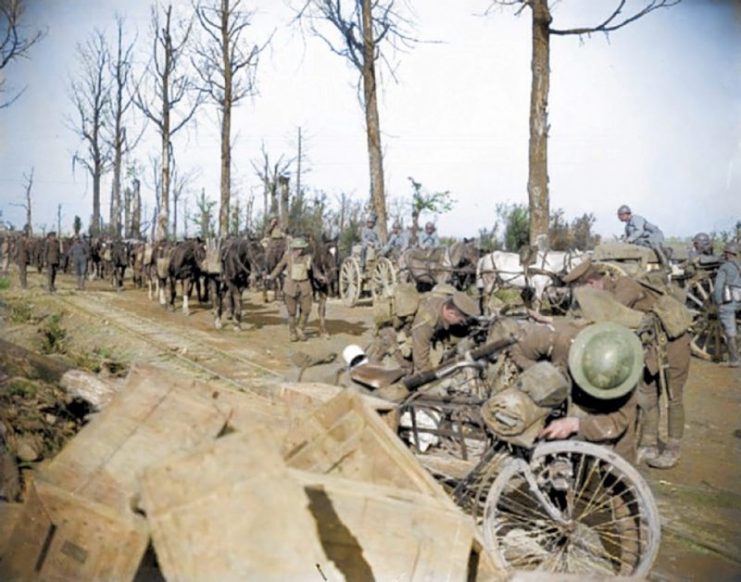
“The art of colorizing truly brings some of history’s most dramatic and momentous events vividly to life,” he says. “Rather than just looking more pleasing to the eye, or even being more accessible to people of the Twenty-first Century, colorized images are important in that they give us an insight into how these events would have appeared to the people who actually witnessed them.”
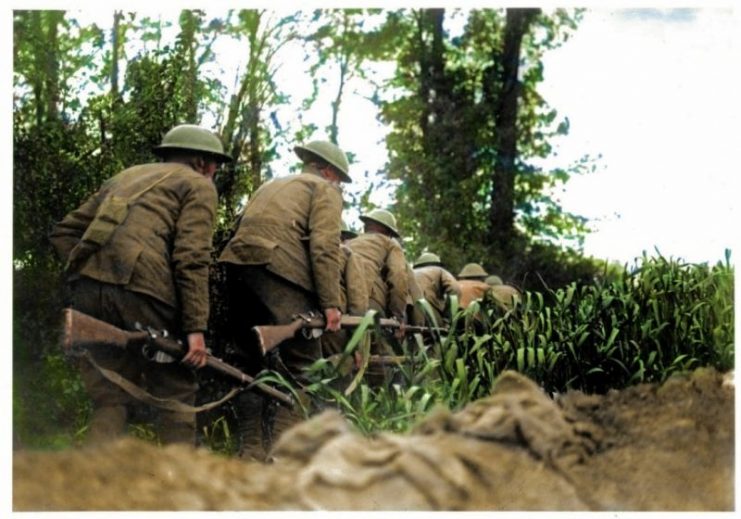
The process of coloring sounds simple – it is the application of color over a black and white image usually using Photoshop. However, it is the choice and application of colors where the painstaking work lies.
“Colorists must research the colors, using primary sources much like traditional historians. Only then will the correct colors be known.”
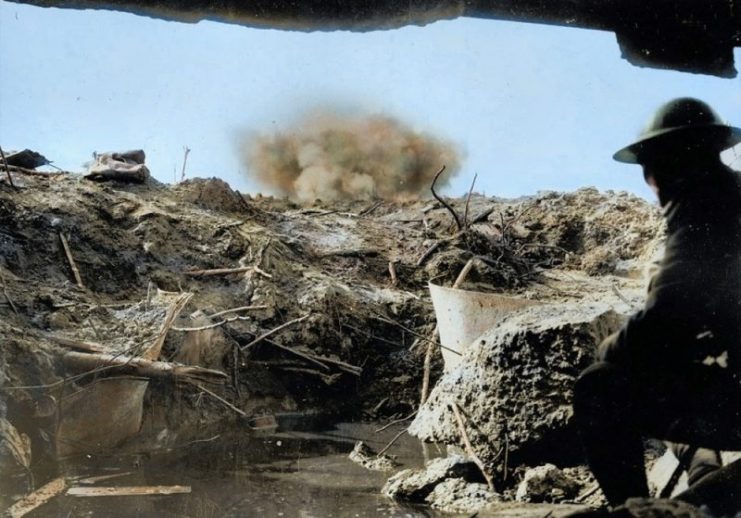
With the support of ambassadors from the world’s first society for photographers – the Royal Photographic Society, UK – images and reviews on Retrographic have featured in newspapers and online zines, including the Daily Mail, Telegraph, Times, Fstoppers, War History Online, and ePHOTOzine.
The book has recently been included in the private collection of London’s prestigious Victoria and Albert Museum, in recognition of its contribution to the history of photography.
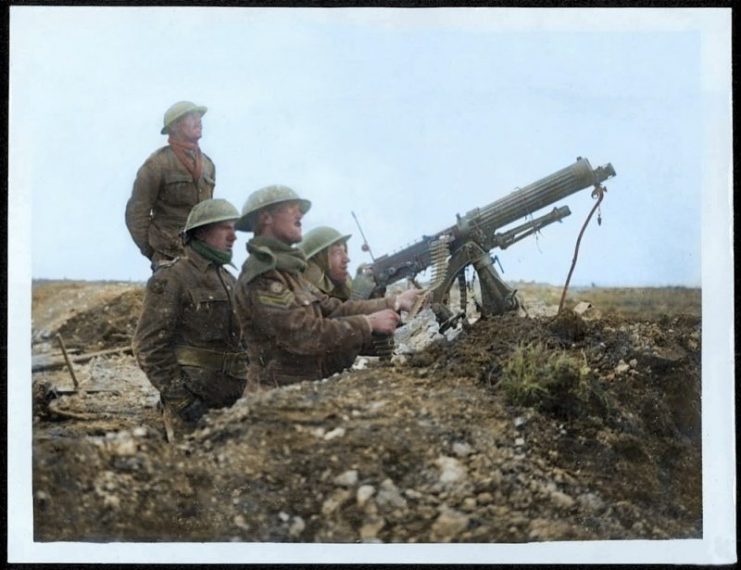
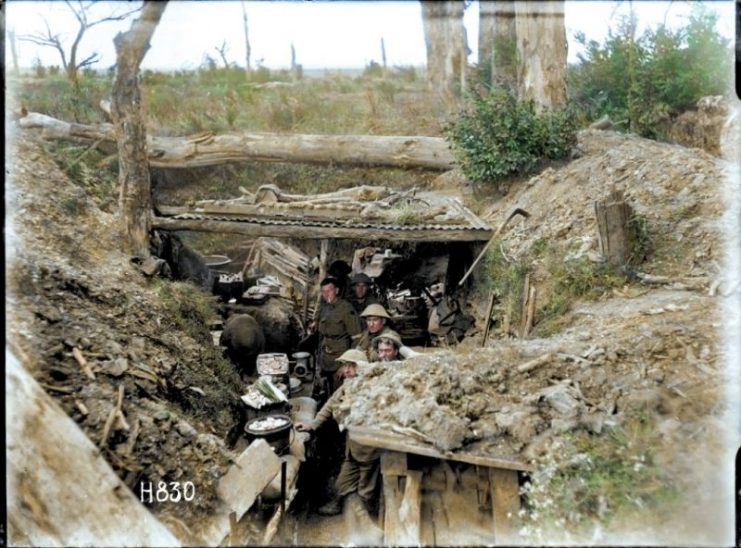
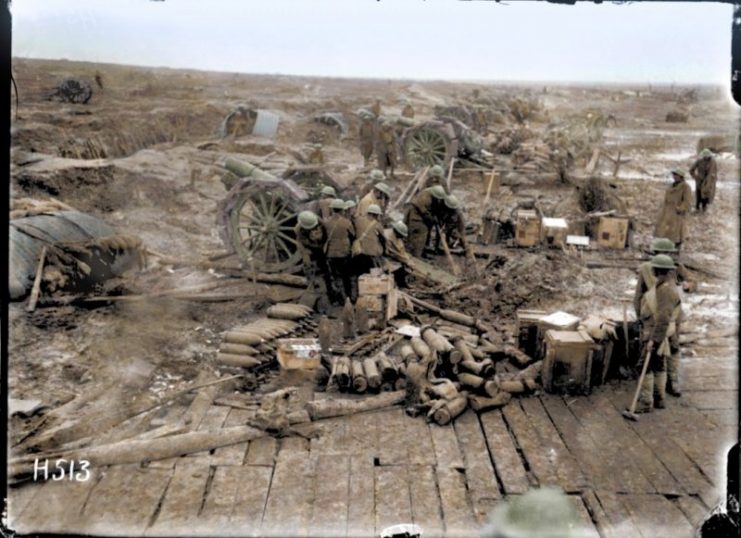
More information on Amazon.
https://www.youtube.com/watch?v=dvvZZVPrkdY
